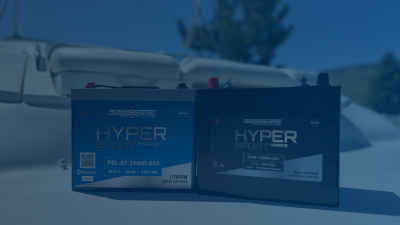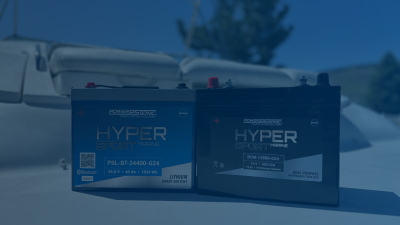What is a Battery C Rating
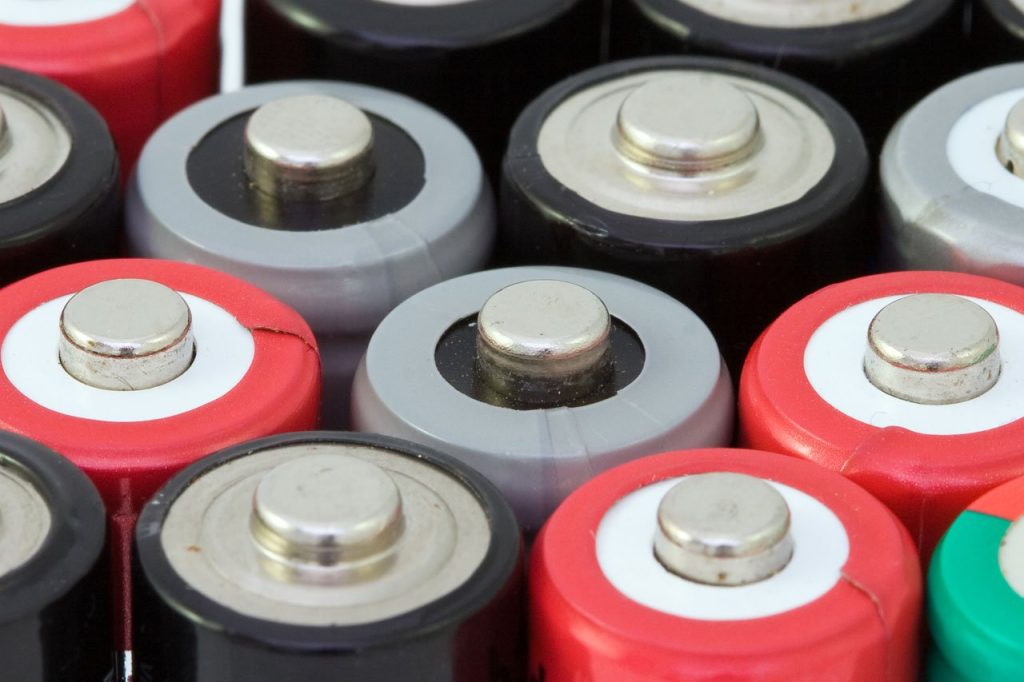
Battery C rates control how quickly a battery charges and discharges. Essentially, this rating measures the current at which the battery operates. Typically, manufacturers rate capacity at the 1C rate, meaning a 10Ah battery can deliver 10 amps for one hour. In contrast, at 0.5C, it provides 5 amps for two hours, and at 2C, it delivers 20 amps for 30 minutes. Therefore, understanding C rates is crucial, as a battery’s available energy largely depends on how quickly it is charged or discharged.
BATTERY C RATE CHART
The below chart shows the different battery C Rates along with their service times. It is important to know that even though discharging a battery at different C Rates should use the same calculations as an identical amount of energy, in reality there are likely to be some internal energy losses. At higher C rates, the battery loses some energy as heat, which can reduce its capacity by 5% or more.
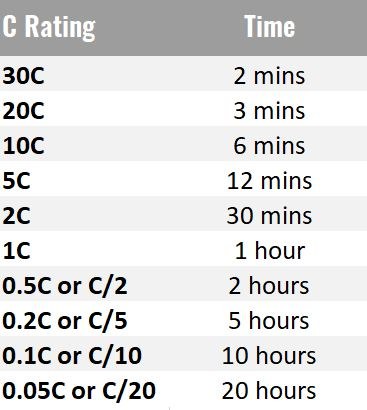
To obtain a reasonably good capacity reading, manufacturers commonly rate alkaline and lead acid batteries at a very low 0.05C, or a 20-hour discharge. Even at this slow discharge rate, lead acid seldom attains a 100 percent capacity as the batteries are overrated. Manufacturers provide capacity offsets to adjust for the discrepancies if discharged at a higher C rate than specified.
HOW TO CALCULATE C RATING OF A BATTERY
A battery’s C Rating is defined by the rate of time in which it takes to charge or discharge. You can increase or decrease the C Rate and as a result this will affect the time it takes the battery to charge or discharge. The C Rate charge or discharge time changes in relation to the rating. 1C is equal to 60 minutes, 0.5C to 120 minutes and a 2C rating is equal to 30 minutes.
The formula is simple.
t = Time Cr = C Rate t = 1 / Cr (to view in hours) t = 60 minutes / Cr (to view in minutes)
0.5C Rate Example
- 2300mAh Battery
- 2300mAh / 1000 = 2.3Ah
- 0.5C x 2.3Ah = 1.15 Amps available
- 1 / 0.5C = 2 hours
- 60 / 0.5C = 120 minutes
2C Rate Example
- 2300mAh Battery
- 2300mAh / 1000 = 2.3Ah
- 2C x 2.3Ah = 4.6 Amps available
- 1 / 2C = 0.5 hours
- 60 / 2C = 30 minutes
30C Rate Example
- 2300mAh Battery
- 2300mAh / 1000 = 2.3Ah
- 30C x 2.3Ah = 69 Amps available
- 60 / 30C = 2 minutes
You can see the 30C rate example on the datasheet for Power Sonic 26650 LiFePO4 power cell
You can use the formula below to calculate a battery’s output current, power, and energy based on its C rating.
Er = Rated energy (Ah) Cr = C Rate I = Current of charge or discharge (Amps) I = Cr * Er Cr = I / Er
HOW TO FIND C RATING OF A BATTERY
Smaller batteries usually list a 1C rating, also called the one-hour rate. For example, if a battery is labeled 3000mAh at the one-hour rate, its 1C rating is 3000mAh. You can typically find this information on the battery label or data sheet. However, different battery chemistries use different C rates. For instance, lead acid batteries are usually rated at a low discharge rate—often 0.05C or a 20-hour rate—while lithium batteries can handle much higher discharge rates. Ultimately, the battery’s chemistry and design determine its maximum C rate. If you can’t find this rating, contact the battery manufacturer for clarification.
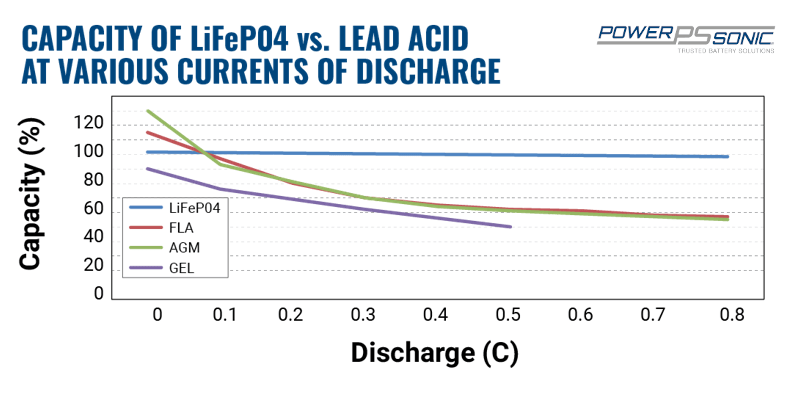
APPLICATIONS REQUIRING HIGH C RATES
There are an increasing number of applications and devices on the market that require a high C Rate battery. These include industrial and consumer applications like RC models, drones, robotics, and vehicle jump starters. All these applications require a powerful energy burst in a short period of time.

Most jump starters require discharge rates as high as 80C, while in the RC industry, some batteries operate at up to 50C. Additionally, a few batteries on the market claim even higher C rates based on maximum pulse discharges, which fully drain the battery in just a few seconds. However, most applications don’t need such extreme discharge rates. If you need help selecting the right battery for your application, reach out to one of Power-Sonic’s application engineers.

